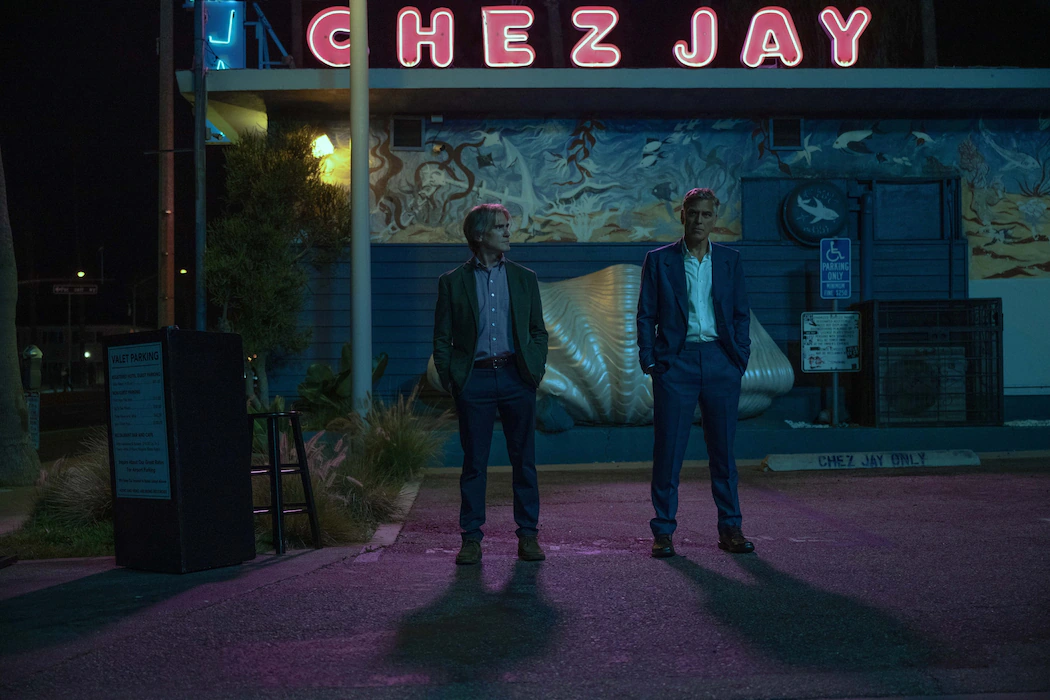Nearly two decades after The Passion of the Christ electrified global audiences and ignited waves of theological, cultural, and critical discourse, Mel Gibson is returning to the crucible of Christian epic filmmaking with his long-rumored sequel, now formally titled The Resurrection of the Christ. The announcement, accompanied by whispers of European filming locations and philosophical ambition, signals Gibson’s renewed intent to once again navigate the boundary between cinematic grandeur and sacred narrative.
But this is no ordinary sequel. It is, according to Gibson himself, “not a linear narrative.” Instead, Resurrection will attempt what few religious films have dared—to represent not only a spiritual event of seismic theological weight but to explore it as a multidimensional phenomenon: timeless, metaphysical, and, in his own words, “kind of getting a little sci-fi out there.” As the film industry braces for its impression, and religious communities cautiously anticipate its message, Gibson’s latest project appears poised to both deepen and complicate the legacy of its predecessor.
A Controversial Legacy Reawakened
Released in 2004, The Passion of the Christ stunned the film industry by becoming the highest-grossing independent film of all time, amassing nearly $612 million globally. Shot in Aramaic, Latin, and Hebrew, the film was a visceral, unrelenting depiction of Jesus’ final hours—graphic in its brutality and unapologetically devotional in tone. It resonated deeply with Christian audiences, particularly evangelical groups, who saw in it an unflinching commitment to scriptural authenticity. Churches organized mass screenings. Sermons referenced its themes. A devotional culture arose around its imagery.
But the film was also marred by significant controversy. Jewish groups, scholars, and critics raised alarms over its portrayal of Jewish leaders as complicit in Jesus’ crucifixion—a depiction many considered anti-Semitic and historically reductive. The absence of clear contextualization, critics argued, risked reinforcing age-old prejudices. Gibson’s own reputation at the time—tainted by later-revealed anti-Semitic remarks and personal scandals—only intensified the storm.
Yet The Passion of the Christ endured. Not in spite of its controversy, but perhaps because of it, the film carved out a singular place in the modern canon: a film both revered and reviled, fervently discussed and fiercely dissected. With The Resurrection of the Christ, Gibson now faces the formidable task of extending that legacy—evolving the narrative while negotiating the theological and cultural landmines still strewn around his past.
From Passion to Resurrection: Reframing the Sacred
In Christian doctrine, the crucifixion and resurrection are inseparable—a two-part act of redemptive grace. If The Passion of the Christ emphasized the suffering and sacrifice, The Resurrection of the Christ promises to address the mystery and magnitude of triumph. It is not merely about a man who returns from the dead. It is about death’s defeat, the disruption of the natural order, and the opening of new realms—of faith, of cosmic time, of human understanding.
This is where Gibson’s artistic ambition takes a bold turn. In a 2022 interview with the National Catholic Register, he described Resurrection as a narrative unbound by chronology. “You have to juxtapose the central event that I’m trying to tell with everything else around it in the future, in the past, and in other realms,” he said. That language hints at a spiritual epic rendered through nonlinear montage, theological dream-sequences, or perhaps something more abstract—a meditative odyssey across realms that evoke biblical visions, cosmic imagery, and maybe even quantum metaphysics.
While Gibson has stopped short of calling it science fiction, his description evokes an attempt to fuse ancient theology with contemporary storytelling mechanics, akin to Terrence Malick’s The Tree of Life or Darren Aronofsky’s The Fountain. It suggests that Resurrection may be less a sequel than a metaphysical expansion—a theological imagination of eternity where the resurrection’s shockwaves ripple across millennia and dimensions.
A European Canvas for Sacred Imagery
Early production reports indicate that Gibson and his team scouted filming locations across Europe, with Malta and Southern Italy’s Puglia region under serious consideration. These landscapes—marked by ancient architecture, craggy coastlines, and preserved medieval towns—offer the kind of atmospheric authenticity Gibson pursued in the original film, which was shot largely in Matera, Italy.
Puglia in particular, with its sun-blasted stones, labyrinthine alleys, and centuries-old churches, offers a striking backdrop for post-crucifixion narratives. It is a region where time feels suspended, where myth and reality blur—a fitting stage for a film that seeks to move beyond linear time. These locations are not merely scenic—they are spiritually suggestive, loaded with Christian iconography and echoes of early faith communities.
In aligning his visual storytelling with the textures of these locales, Gibson seems intent on grounding his ambitious metaphysics in tangible history. As with The Passion, the focus will likely remain on physicality and ritual—dust, blood, robes, rocks—but this time framed against the invisible tectonics of resurrection power.
Casting, Continuity, and Cinematic Weight
While formal casting announcements have been limited, it is widely expected that Jim Caviezel will reprise his role as Jesus—a decision that ensures visual and tonal continuity with the original. Caviezel, whose own career became entwined with Christian cinema after The Passion, has spoken with reverence about the sequel, suggesting a project of even greater spiritual consequence than the first.
Other returning cast members and characters remain speculative, but Gibson’s long gestation of the film suggests a careful, almost devotional, approach. This is not a studio-pressured sequel. It is, by all accounts, a deeply personal film years in the making—shaped as much by Gibson’s own spiritual and creative evolution as by market considerations.
The weight of expectation, however, is immense. Not only must Resurrection meet the fervor of its predecessor’s audience—it must reestablish trust, nuance, and narrative innovation in a far more polarized and skeptical cinematic landscape.
Theological Risk and Artistic Courage
To depict the resurrection on screen is no small feat. It is a moment so pivotal, so theologically dense, that even the Gospels describe it obliquely. Jesus rising from the dead is never directly shown—only discovered. The empty tomb, the angelic messengers, the disbelief of his followers—these are the fragments that must be interpreted. Gibson, never one to shy from interpretation, seems poised to fill in the silence not with dogma, but with cinematic daring.
There is, of course, risk. To render the resurrection visually—to put flesh on what has traditionally remained a mystery—may alienate those who prefer restraint and reverence. To venture into “other realms” may seem speculative or esoteric to the faithful. To blend temporal juxtapositions with sacred scripture may confuse more than clarify.
But there is also immense potential. If executed with care, The Resurrection of the Christ could become a rare film that reimagines Christian art not as a didactic form, but as a philosophical and aesthetic experience. It could revive religious cinema as a space for serious thought and visual wonder, not just devotional affirmation.
A Film for Our Fractured Age
In many ways, the timing of Resurrection feels significant. Twenty years after The Passion, the world is even more fragmented—spiritually, politically, culturally. The certainties of belief have given way to algorithmic chaos, and religious narratives are often confined to niche markets or politicized extremes.
Gibson’s return with Resurrection may not unite audiences, but it may provoke them to reckon again with the big questions: What does it mean to believe in resurrection—not just as a moment in history, but as a metaphysical claim? What does it mean to hope for life beyond death, or transformation after ruin?
In that sense, The Resurrection of the Christ is not just a film about Jesus. It is about the human imagination. About faith as a storytelling impulse. About the power of cinema to confront what theology dares only to hint at.
Impression
Mel Gibson’s The Resurrection of the Christ will not be received quietly. It will stir renewed praise and protest, admiration and alarm. It will test the boundaries of faith-based filmmaking and stretch the expectations of religious narratives on screen. And for better or worse, it will stand as a testament to the enduring ambition of one filmmaker to wrestle with the sacred through the grammar of cinema.
In resurrecting not only Christ but also the audacity of religious epic, Gibson invites audiences once again to walk the line between reverence and risk, devotion and drama.
No comments yet.








